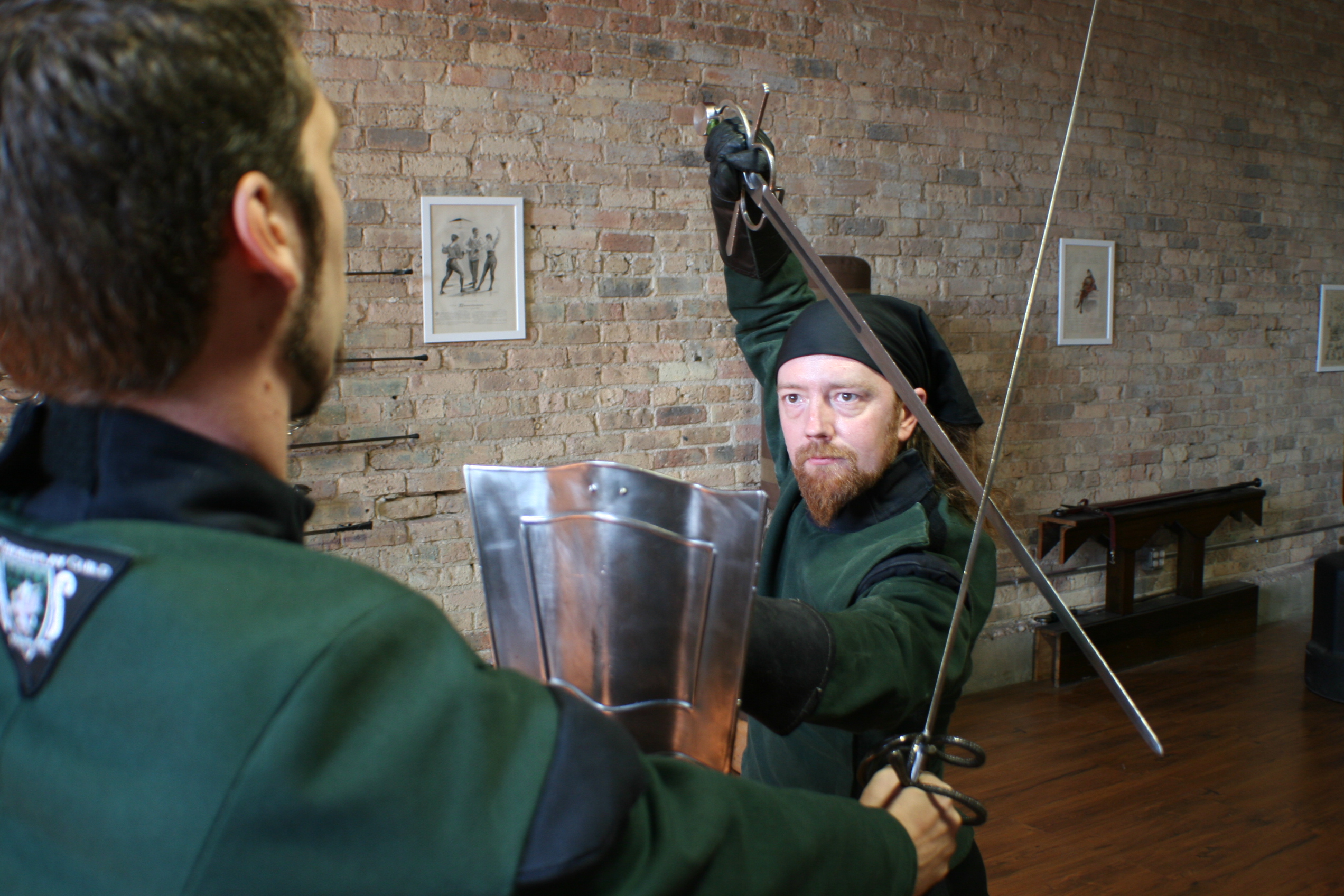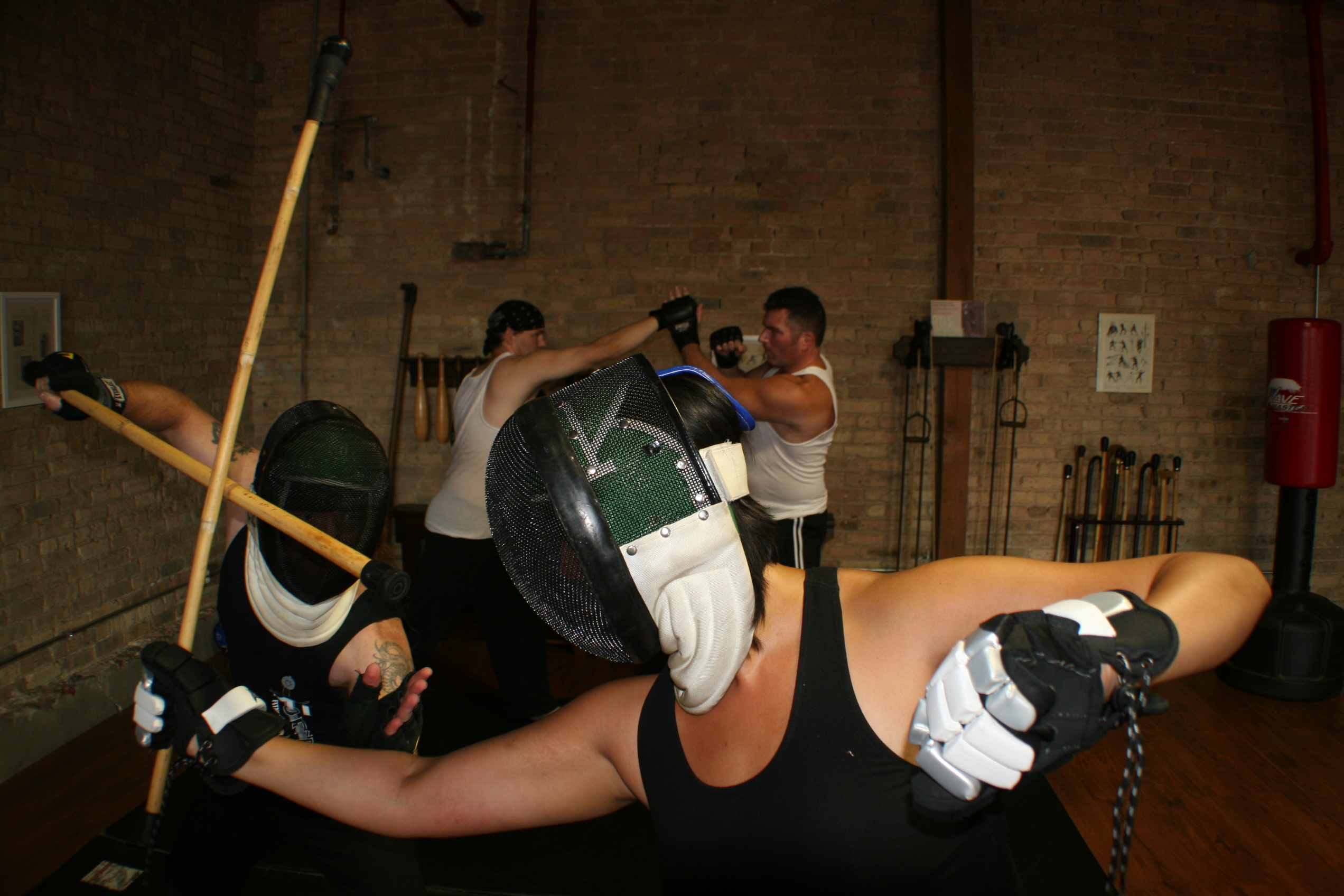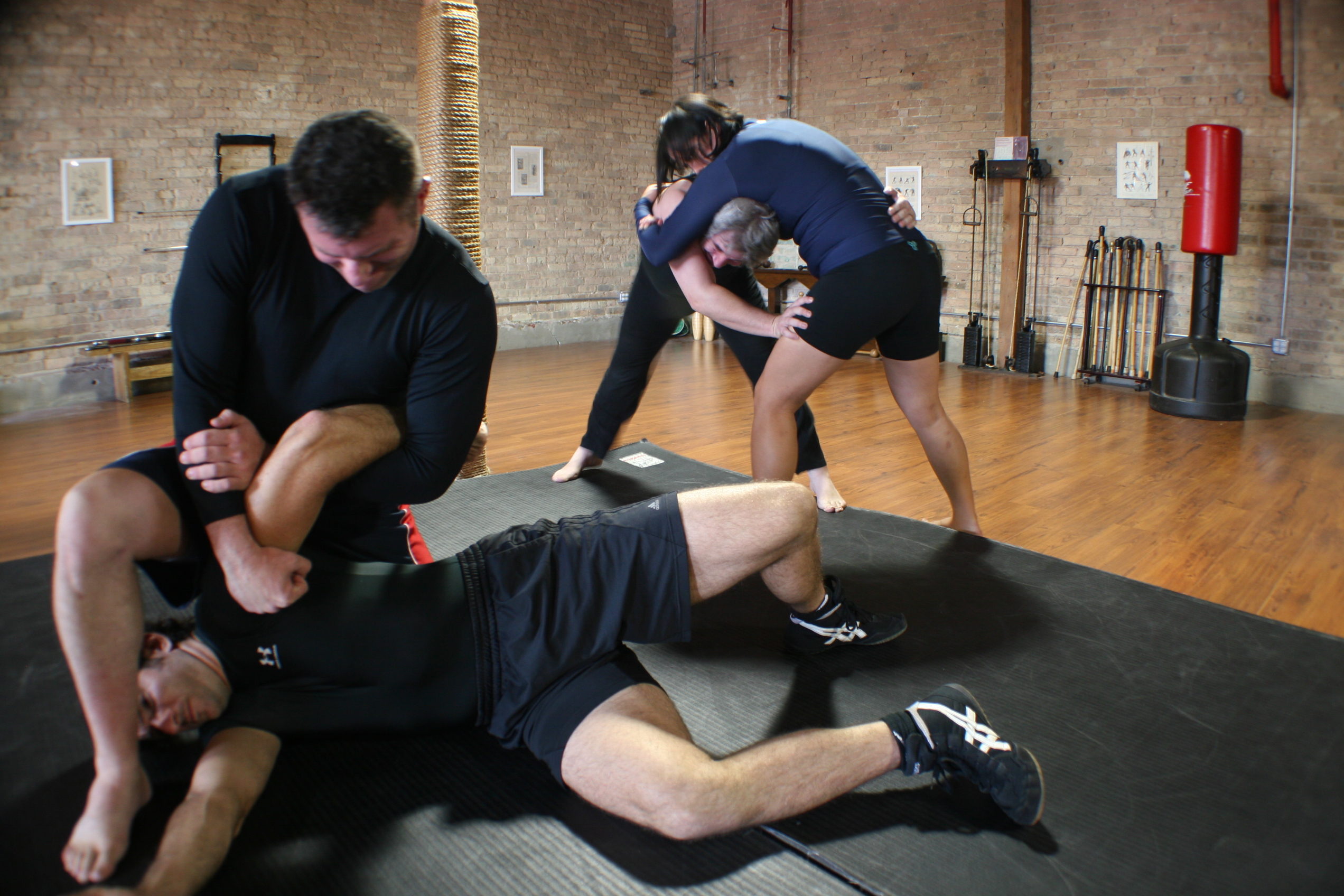
One of the centerpieces of the Forteza curriculum is historical European swordplay. There are a number of traditions of swordsmanship, which can be divided by period: early modern, Baroque, Renaissance or Medieval; and by nationality: English, French, German, Italian or Spanish. As the home of the Chicago Swordplay Guild (and as the Italian name of our studio might suggest), we focus on Italian swordsmanship of the 14th – 17th centuries.
By the late Middle Ages, the Italian peninsula had become an ever-changing patchwork of petty kingdoms and free cities. Wars to gain, hold, and influence other cities put the peninsula in a state of nearly continuous, small-scale warfare, as political goals were carried out by force of arms. Dominating the field were the condottieri, mercenary knights who fought the despots’ wars, and had to be versed in a multitude of weapons including the sword, spear, and axe, in or out of armour, on foot or horseback, and against any number of opponents. In the process, they developed a martial art of a richness and complexity to stand beside any other in the world.
Half a millennium later, the doorway to that martial art stands open to you.
FIORE DEI LIBERI, OUR TRADITION’S FOUNDER
Our medieval martial arts curriculum comes from the 14th century Italian master-at-arms, Fiore dei Liberi, son of a minor nobleman from Friuli in northeastern Italy, who has been called “the father of Italian martial arts”. A wandering swordsman, soldier and fencing master, after fifty years or study he composed a series of detailed, illustrated manuscripts, all entitled il Fior di Battaglia (the Flower of Battle).
Maestro Fiore gave no formal name to his school or his martial art, simply calling it Armizare (are-mee-TZAR-ay), which means “the art of arms”. He divided Armizare into three principle sections: close quarter combat, long weapon combat and mounted combat. Within these subsections, dei Liberi taught his art through a series of zoghi (“plays”) —formal, two-man drills akin to the kata of classical Japanese martial arts.
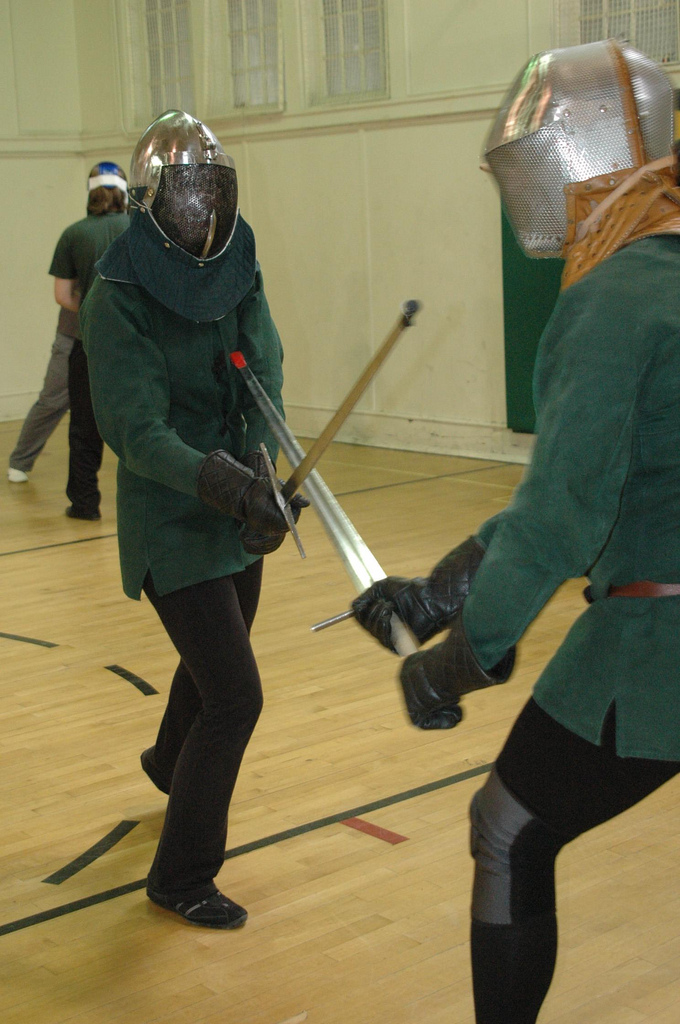
Scrimia (literally “fencing”, ie: “swordplay”) begins with the sword, but forms the technical, mechanical and tactical basis for fighting with all other long weapons in Armizare, such as the spear and poleaxe. The system also includes the use of several unusual weapons, such as monstrous, specialized swords for judicial combat, a slashing, winged-spear called a ghiavarina, and hollow-headed polehammers, filled with an acidic powder to blind the opponent!
Scrimia includes:
- Spada d’un mano (one-handed sword techniques)
- Spada a dui mani (two-handed sword techniques)
- Daga e bastone (staff and dagger)
- Lanza (spear)
- Spada en arme (sword in full armour)
- Azza (poleaxe)
MEDIEVAL CLOSE-QUARTER COMBAT (Abrazare)
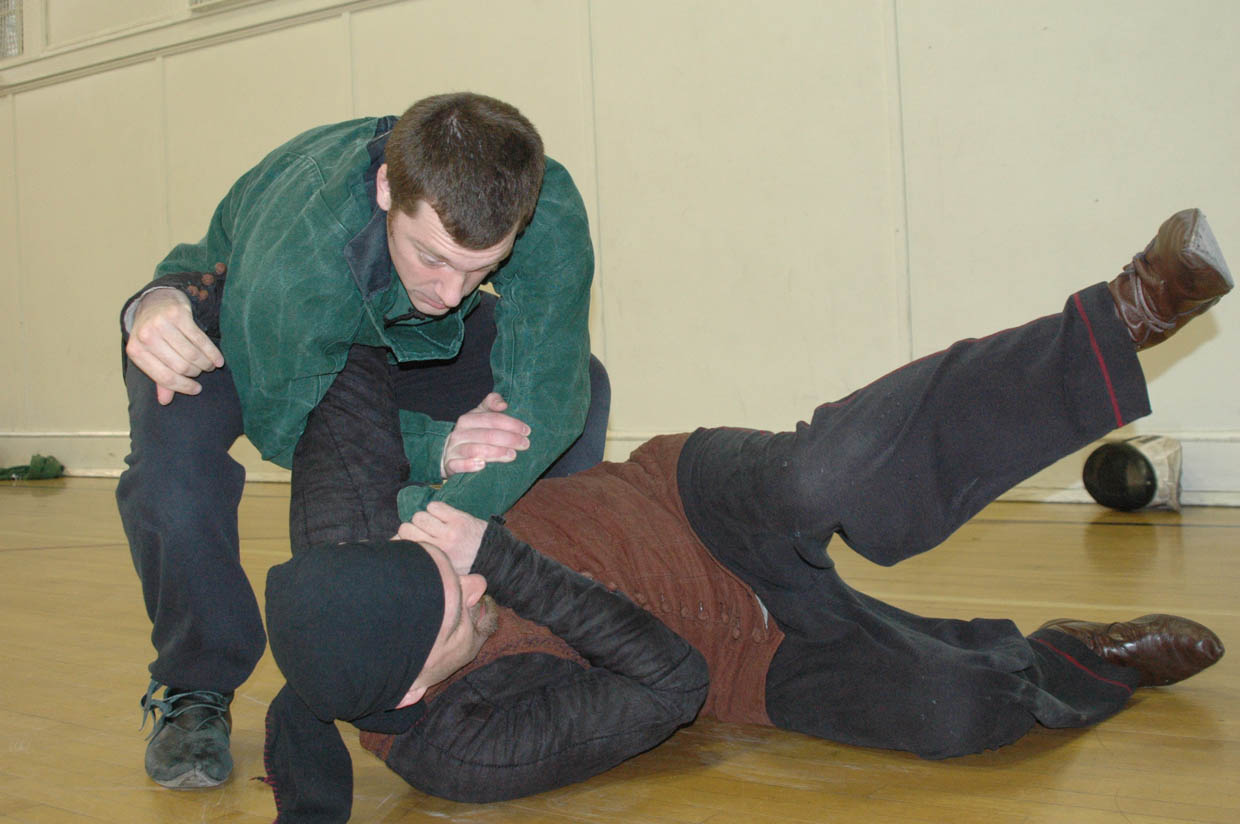
Abrazare (Italian for “embracing”) is the unarmed system contained within dei Liberi’s fighting art. The goal of the system is to get the opponent onto the ground as swiftly and effectively as possible without going there yourself. Much like classical jujutsu, the fundamental principles of abrazare include:
- Control of the center – Work from where you are strongest, move the opponent away from their own strength, and control the center of the fight;
- Opportune Striking – Use strikes to points of pain to eliminate advantages of size and strength.
- Breaking structure – Use strikes and holds to break your opponent’s connection to the earth.
- Taking space – Occupy your opponent’s space to eliminate their options.
These strategies are applied through a diverse range of techniques, including throws, holds, joint locks, breaks, binds, and disarms, all of which are applied both unarmed and when wielding or confronted by the dagger.
The medieval dagger was a large weapon, often the length of a man’s forearm, and designed for both self-defense, and as the call of last resort on the battlefield, where its sharp point could puncture the weak-points in armour. Dagger fighting and unarmed combat are closely intertwined in Armizare, and together form the basis of fighting with all other weapons, especially in armour.
It total, medieval close quarter combat is used in or out of armour and includes:
- Abrazare (striking, throwing and grapping techniques)
- Bastoncello (a short stick, approximately 12” long)
- Daga (the rondel dagger)
|
- Daga contra spada
(dagger vs. sword)
- Spada contra daga
(sword vs. dagger)
|
MOUNTED COMBAT (A Cavallo)
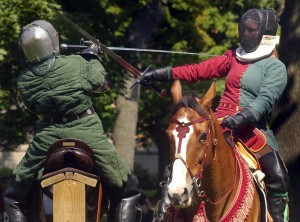
Finally, the knight was first and foremost a cavalryman, and his fighting art was equally adapted for combat on foot or horseback. While we currently do not practice mounted combat, the mounted techniques contain many interesting insights into the other sections of the art of arms:
- Abrazare
- Lanza (lance)
- Spada d’un mano contra lanza (sword vs. lance)
|
- Spada contra spada
- Ghiavarina
(a partisan-like weapon wielded on foot against mounted opponents)
|
ARMIZARE AT FORTEZA
Through the study of Armizare, you will learn:
- A 600 year old fighting art, tested on the battlefield by generations of medieval warriors;
- A solid foundation in natural, elegant movement and universal body mechanics;
- How to wield a wide variety of swords, daggers and polearms, in and out of armour;
- Combative integration – learn how to move from weapon range to grappling range, and how to fight with and against diverse weapons in dissimilar combat scenarios;
- The evolution of the many tools in the knightly arsenal;
- The history of our tradition and the stories of its most famous (and infamous) students;
- The ethical system of chivalry, in theory vs. practice, and its evolution over time.
IS THE ARMIZARE PROGRAM RIGHT FOR ME?
This program will especially appeal to you if you:
- Are looking for an ancient martial art, taught with an eye towards tradition and historical context;
- Want to study an integrated fighting system of armed and unarmed combat that will exercise both body and mind;
- Are interested in working with a diverse array of weapons.
- Come from a background in traditional Asian weapon arts, such as escrima, iaido or kenjutsu;
- Are drawn to the history and culture of the Middle Ages;
- Are interested in the cultural ethos of chivalry and Western traditions of honor;
- Want a martial practice that has the depth and diversity to keep you engaged for a life time.
HOW DO I BEGIN?
Mastery is difficult, but beginning is easy! Just enroll in our Taste of the Knightly Arts introductory class and let your journey begin
Read More »
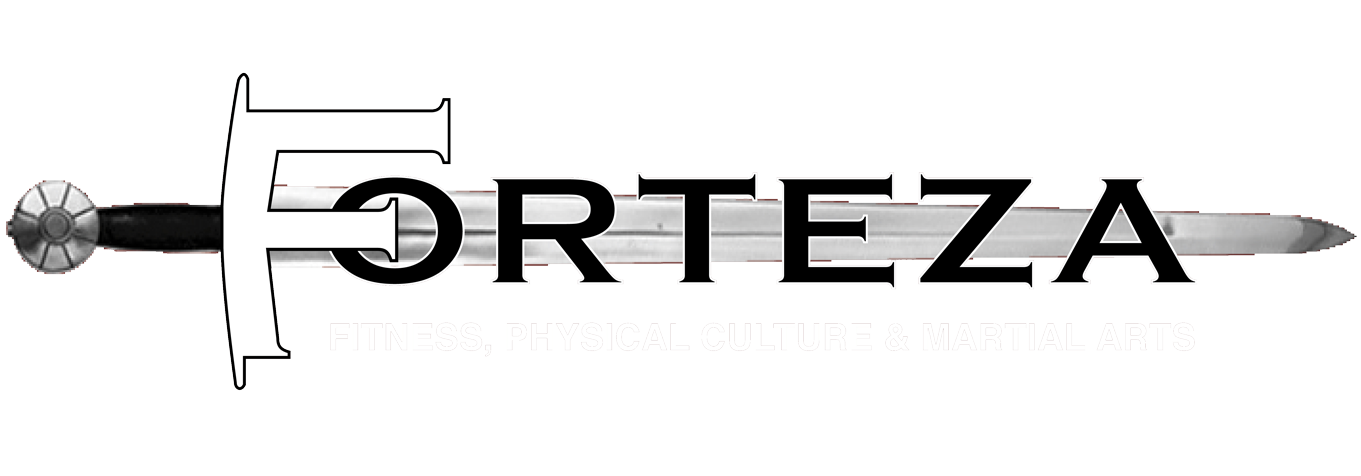
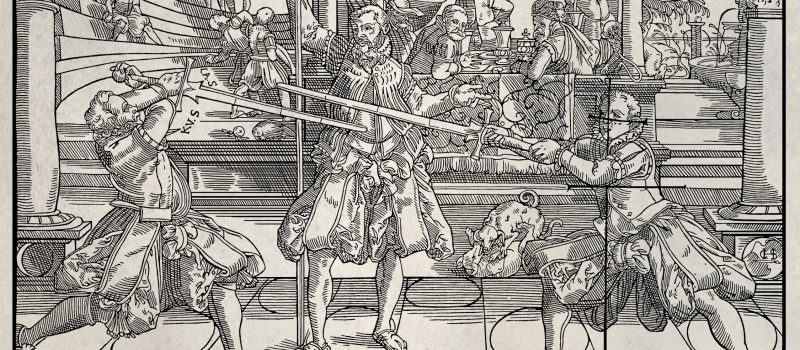

 In this workshops we will cover basic and advanced strategies for the transition from gioco largo to gioco stretto (long to short measure). We will also focus on the flow of grappling toward striking and back to grappling, including:
In this workshops we will cover basic and advanced strategies for the transition from gioco largo to gioco stretto (long to short measure). We will also focus on the flow of grappling toward striking and back to grappling, including: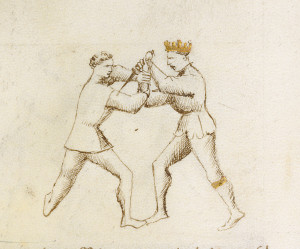
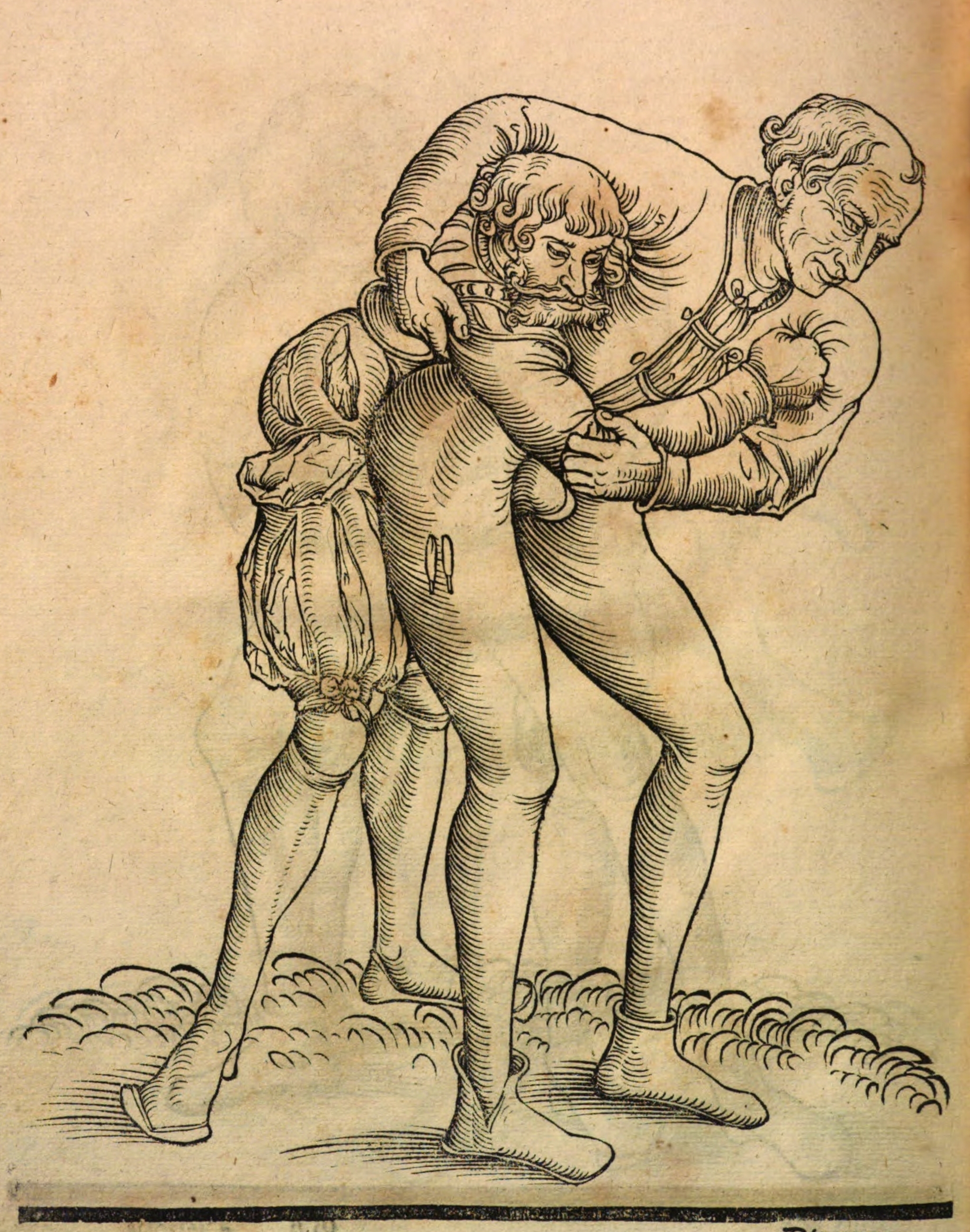 In this day-long class we will explore medieval German wrestling techniques (known as Ringen) from three different medieval and renaissance sources. First, we will learn to move into and escape from various grips. As the day continues, we will move from the grip to the throw, seeing a variety of types of actions with the feet and hands, including locks, trips, sweeps and breaks. We will learn counters to these throws, and learn how and when to apply them. Towards the end of the day, we’ll continue the fight to the ground and perform some common holds and pins seen in the German corpus of techniques. The seminar will present techniques from the 15th century wrestling master Ott, the early 16th century master Auerswald and finally from the anonymous writer of the ringen found in the Glasgow Fechtbuch. After this seminar, the student should have an understanding of the principles of Ringen, and how to continue the study both in the German traditions as well as other unrelated wrestling traditions.
In this day-long class we will explore medieval German wrestling techniques (known as Ringen) from three different medieval and renaissance sources. First, we will learn to move into and escape from various grips. As the day continues, we will move from the grip to the throw, seeing a variety of types of actions with the feet and hands, including locks, trips, sweeps and breaks. We will learn counters to these throws, and learn how and when to apply them. Towards the end of the day, we’ll continue the fight to the ground and perform some common holds and pins seen in the German corpus of techniques. The seminar will present techniques from the 15th century wrestling master Ott, the early 16th century master Auerswald and finally from the anonymous writer of the ringen found in the Glasgow Fechtbuch. After this seminar, the student should have an understanding of the principles of Ringen, and how to continue the study both in the German traditions as well as other unrelated wrestling traditions. Jessica Finley has been a student of the sword for over twelve years. Her interest began in stage combat, but quickly branched out to German Medieval Swordsmanship. She had been a student of Christian Tobler’s since 2002, and currently is the principal instructor of Great Plains Fechtschule, a chapter of Selohaar Fechtschule, within which she hold a rank of Free Scholar. She also has experience in Judo, and achieved the rank of Nikyu under the tutledge Arden Cowherd of Topeka Judo Club.
Jessica Finley has been a student of the sword for over twelve years. Her interest began in stage combat, but quickly branched out to German Medieval Swordsmanship. She had been a student of Christian Tobler’s since 2002, and currently is the principal instructor of Great Plains Fechtschule, a chapter of Selohaar Fechtschule, within which she hold a rank of Free Scholar. She also has experience in Judo, and achieved the rank of Nikyu under the tutledge Arden Cowherd of Topeka Judo Club.